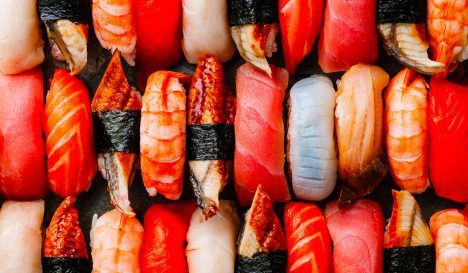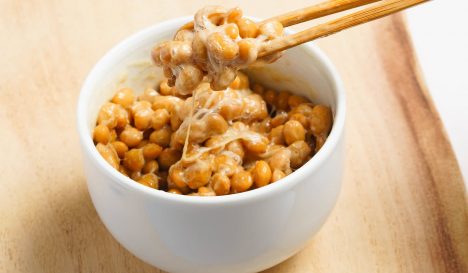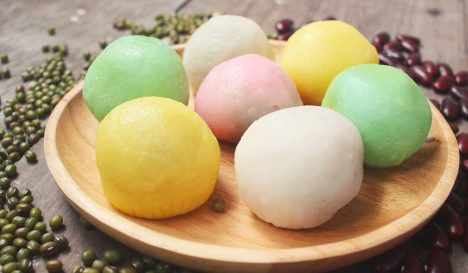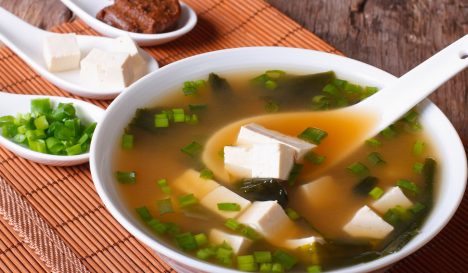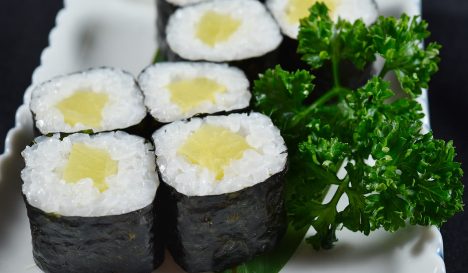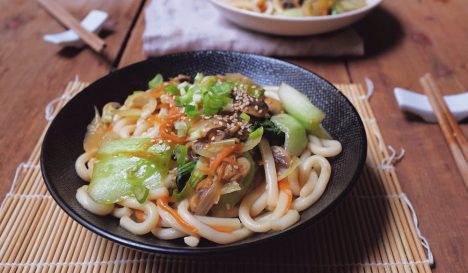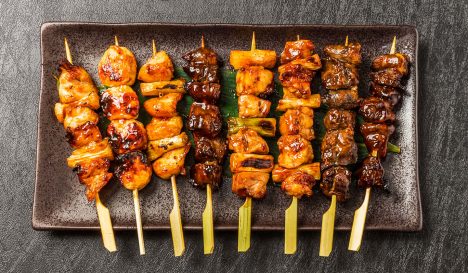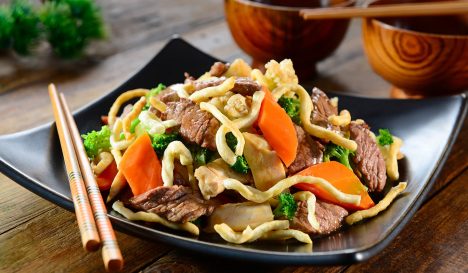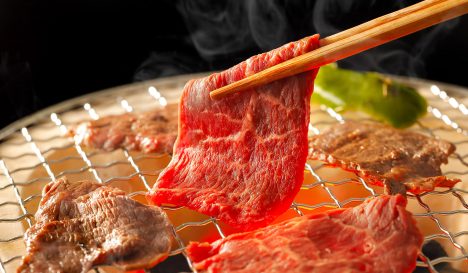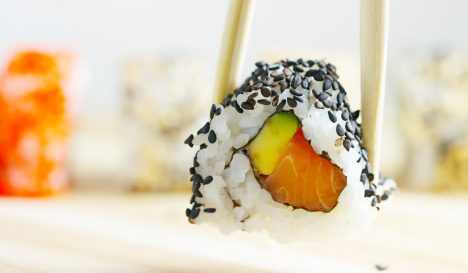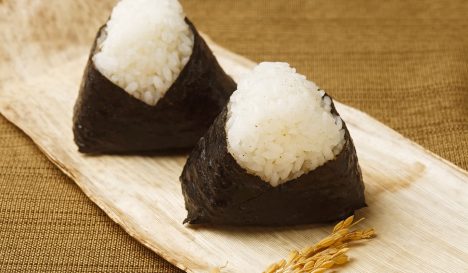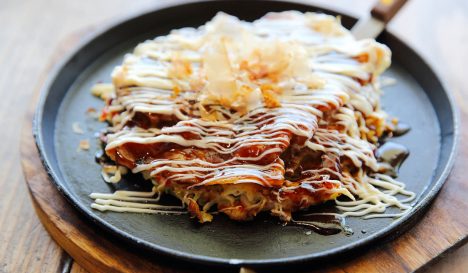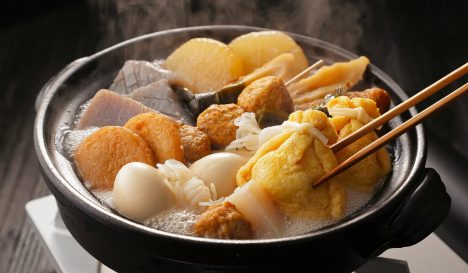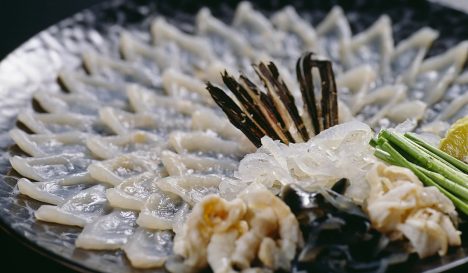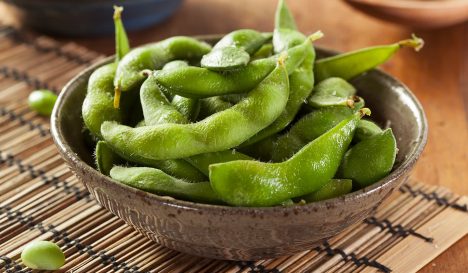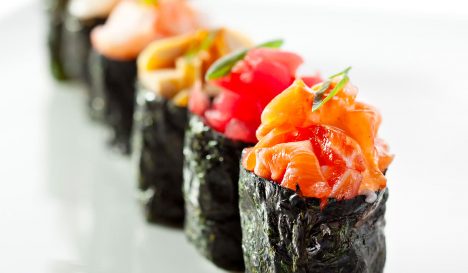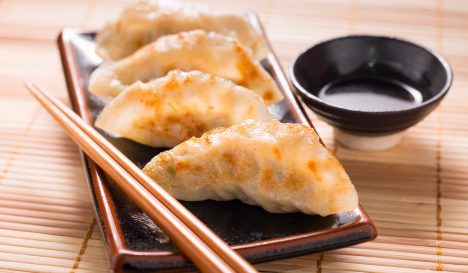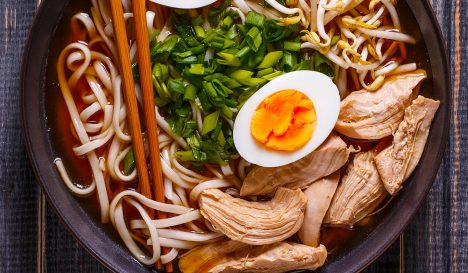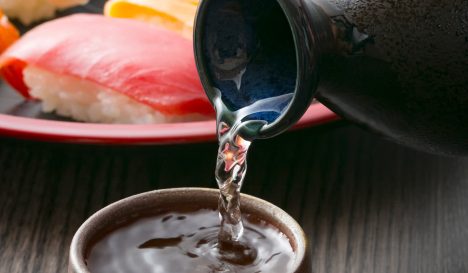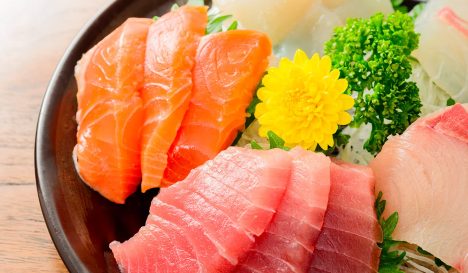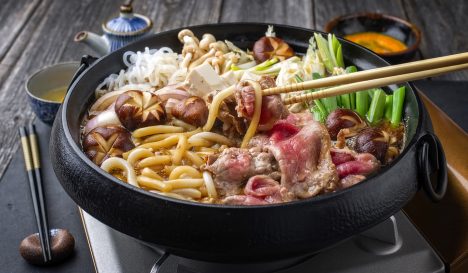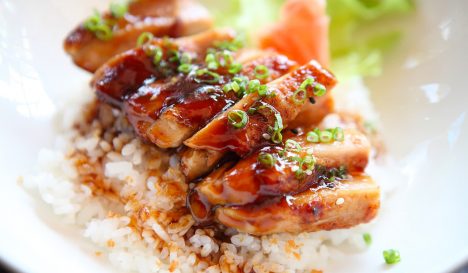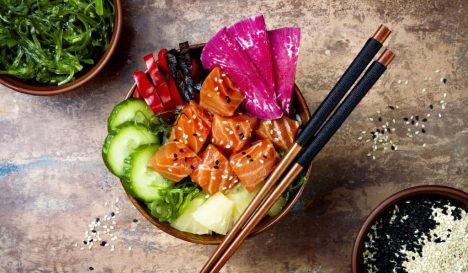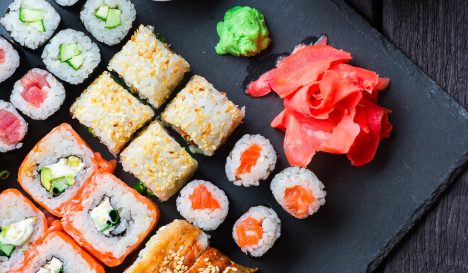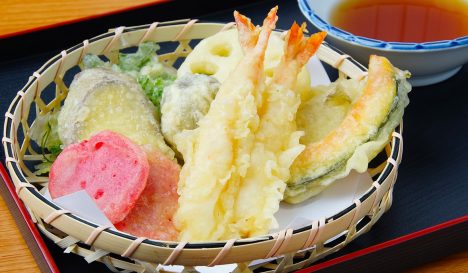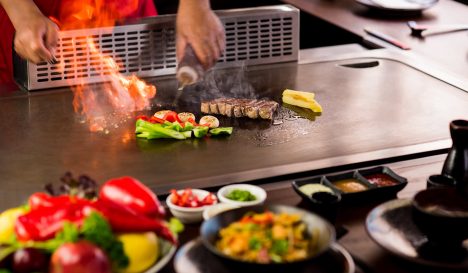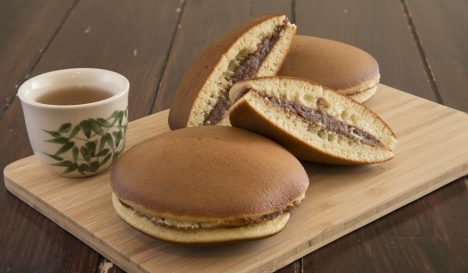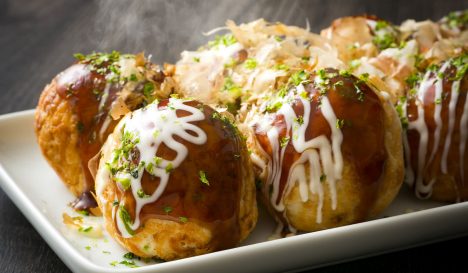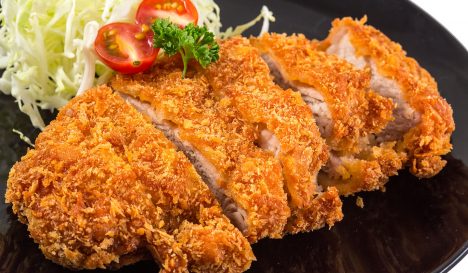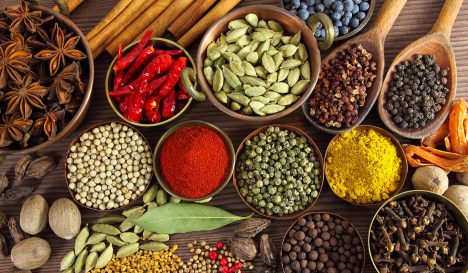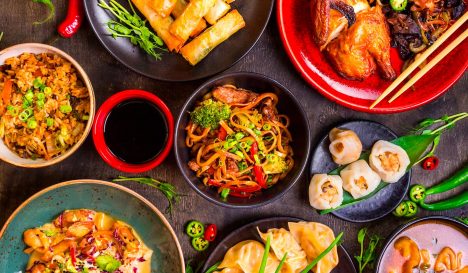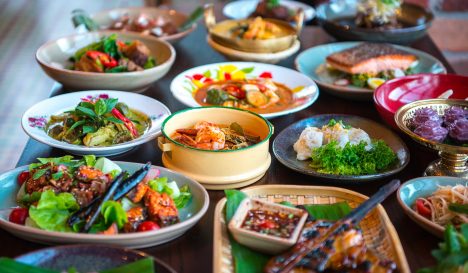Japanese cuisine
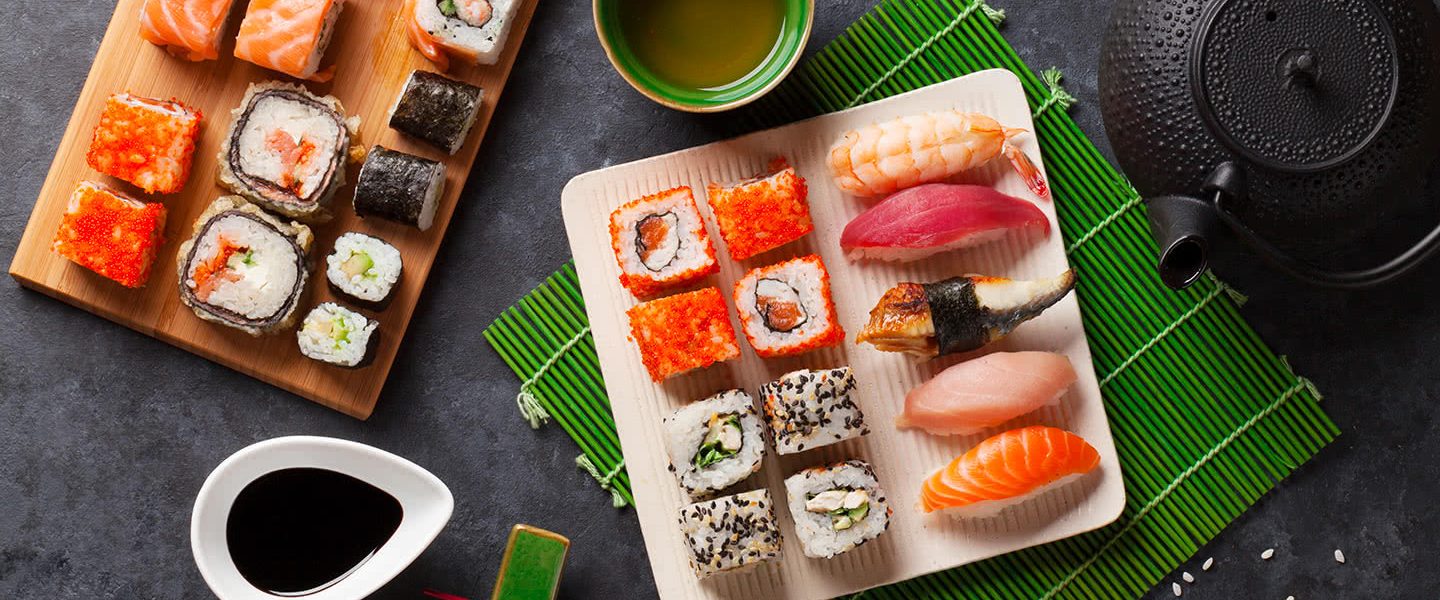
Washoku, or traditional Japanese cuisine, is based on local, pure and fresh ingredients. Rice, fish, vegetables and wild plants are accurately prepared, often according to strict rules. The flavours are usually mild, occasionally quite strong and sometimes quite strange to a Western palate. This mix ensures that Japanese cuisine continues to fascinate, both at home and abroad.
- Japanese cuisine
- Outside influences
- Typical ingredients
- Japanese dining etiquette
- Japanese cuisine in Canada
- For beginners
- Discover these Japanese dishes
Japanese cuisine
The Japanese chef is precise and driven. He often prepares the same dish year in, year out, as a result of which the Japanese cuisine as a whole has become refined and perfected. Over the centuries, Japanese people have built up a great culinary tradition. This tradition was recognised by UNESCO in 2013 when it was added to the list of intangible (“living”) cultural heritage.Japanese restaurants are also super-specialised. Contrary to what we are used to in the West, you won’t find an extensive selection of different dishes in most Japanese restaurants. If you feel like okonomiyaki, you go to an okonomiyaki-ya, for sushi you must be in a sushiya, or in a kaitenzushi, where the sushi rolls on a conveyor belt. Only in izakayas, informal food and beverage outlets, and teishokuya, where they serve set menus, is the choice somewhat more extensive. However, Japanese restaurants in the West usually have a wide selection of dishes on the menu.
Outside influences
For centuries, Japan was a “closed country” (sakoku), shut off from outside influences. Foreigners were not allowed into the country and Japanese were not allowed to casually venture abroad. Contact was only permitted in a few port cities. Japanese cuisine remained pure and authentic for a long time, until the Japanese came into contact with Portuguese and Dutch traders, for example, they ate no meat. Eventually, once the government allowed it, the Japanese embraced many Western dishes and methods of preparation, including deep-frying, the use of batter (tempura) and breadcrumbs (tonkatsu), noodles (yakisoba) and noodle soup (ramen).
Typical ingredients
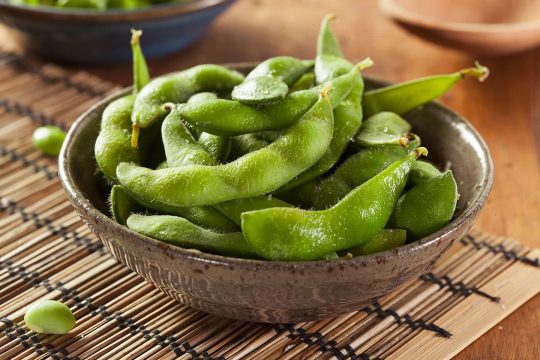
Japanese cuisine would not be Japanese cuisine without three important components: rice, soybeans and liquid seasonings.
Rice
Rice forms the basis of every meal in Japan. The Japanese love it and eat it in many forms, from onigiri to mochi (rice balls and elastic dough balls). Japanese rice (japonica rice or Japanese hakumai) is a short-grain rice that is firm and slightly sticky after cooking. It must be rinsed well several times and then soaked. Chefs don’t agree on which of these two steps is the most important, so it’s best to take both seriously! After cooking, the rice needs to sit for the water to evaporate for less than fifteen minutes. To make shari (sushi rice), cook the rice in dashi (broth). While the rice is still warm, the sushi sushizu (sushi vinegar) is shoved through with one hand, while the rice is tossed enthusiastically into the cool air. The faster the rice is cooled and the vinegar is absorbed, the shinier the grain. The rice should be served lukewarm, shaped into sushi. It should not be suddenly cooled. Our Western supermarkets, where the sushi is pre-packed in the fridge, have missed that lesson.
Soybeans
There are numerous ways in which soybeans are used in Japanese cuisine. Completely pure, young and fresh from the plant as edamame, for example, or fermented as natto, shoyu (soy sauce) or miso. Tofu is made from curdled soy milk, which can then be grilled (atsuage) or deep-fried and used as a cover (aburaage). Even the skin that is produced from cooked soy milk is eaten.
Liquid flavourings
Japanese cuisine does not really include sauces as we know them but uses a lot of liquid flavourings.
- Shoyu (soy sauce) is the best known. This sauce, made from good quality soybeans, roasted crushed wheat, sea salt and spring water, is used in small quantities – never too much, that would be too dominant – to add umami.
- Rice vinegar is essential for making sushi rice and is often mixed with other seasonings to make dipping sauces, dressings or preserving liquids.
- Sake and mirin are rice wines, and mirin is sweeter than sake. Both wines exist in different qualities; some can be drunk as is; others are used for cooking.
- Sushizu (sushi vinegar, also known as awasezu) is a mixture of rice vinegar, sugar, salt and mirin or sake.
- Dashi is Japanese broth. It forms the basis for many dishes, from miso soup to takoyaki. Dashi is made from kombu (kelp), katsuobushi (bonito flakes) and sometimes niboshi (dried sardines). The result is a broth full of umami that gives a flavourful basis for soups, sauces, rice and batter.
Japanese dining etiquette
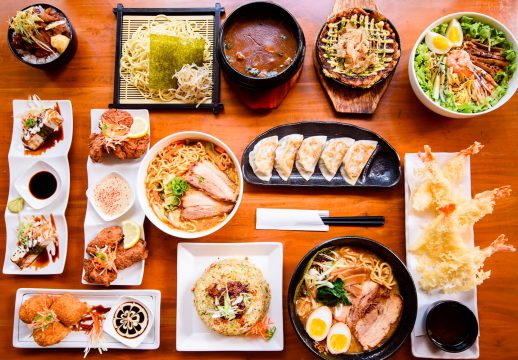
- Japanese people usually eat at low tables and sit on cushions on the floor. During formal meals, one sits in a kneeling position, while in an informal setting one sits cross-legged (men) or with both legs to one side (women).
- The guest of honour or the head of the family sits at the place of honour or the kamiza, furthest from the entrance.
- In restaurants, you will be given a steaming hot towel to clean your hands with. Do not use the cloth on your face.
- The guest of honour, the head of the family or the waiter indicates, often with the word “itadakimasu”, that food may be started.
- In Japan, almost everything is bite-sized and it is, therefore, the intention that you put the food in your mouth in one go, rather than bite a piece of sushi in half.
- Everything is eaten with chopsticks, even soup. All ‘solid’ ingredients are eaten with chopsticks, you gulp up the rest (or drink it).
- Slurping is good because then air mixes with the food and it tastes better (or at least, that’s the story…)
Japanese cuisine in Canada
Just like the beautiful cherry blossom trees that flower each spring, Japanese cuisine in Canada is in full bloom. Gone are the days when ordering Japanese food was limited to sushi. Today, Japanese cheese cake, desserts, miso soup, and fruit smoothies are also becoming popular among Canadians. Feeling adventurous? Have a scroll through Skip’s Japanese cuisine section, where you’ll find the best Japanese restaurants near you.
For beginners
If you are new to Japanese cuisine, try the following menu for an insight into what the country has to offer:
Appetiser
Edamame – These young, nutty-flavoured soybeans, eaten directly from the skin, are pure and healthy.
Soup
Miso soup – This light soup based on fermented beans and seaweed broth aids digestion and is, therefore, the ideal starter.
Main course
Sushi – Indulge in a multitude of sushi dishes, from vegetarian maki to nigiri, made with fresh raw fish and gunkan, sushi boats with fish eggs.
Dessert
Mochi ice cream – This special dish is unforgettable, consisting of ice cream scoops surrounded by an elastic dough coating made from sticky rice.

